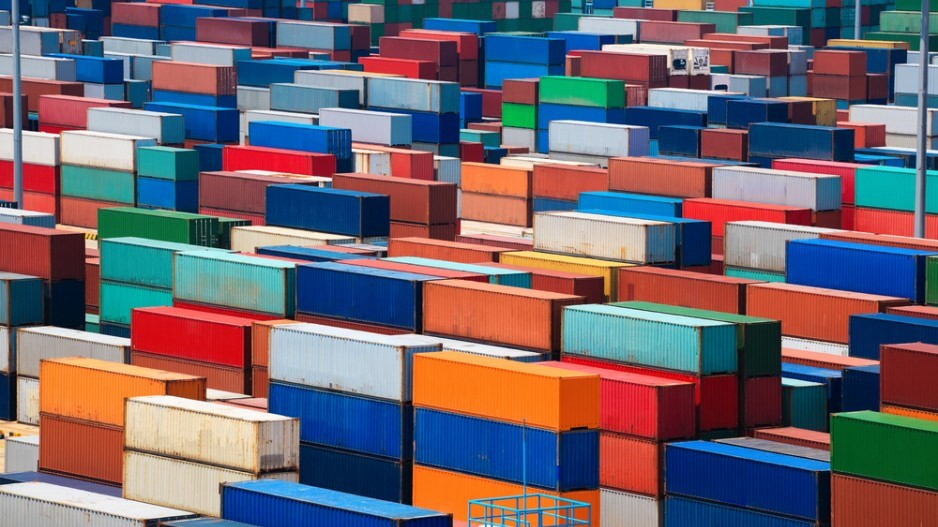While B.C. may be better positioned than other provinces to weather any storm of tariffs or taxes levied against Canadian industries, the province remains concerned about the “rising tide” of protectionism coming from Canada’s largest trading partner.
Compared with Alberta and Ontario, where goods headed directly south of the border make up 86.3% and 80.9% of each province’s international exports, respectively, the United States accounts for a much smaller share of total B.C. exports, at 53.9%.
That figure has come down from 70% in 2001, but the province remains exposed to, and wary of, changes in the U.S. economy, and at the border. In response, B.C. has earmarked funds in its 2017 budget to help support the diversification of its domestic industries and its export markets.
Within B.C., the next three years will see $87 million put toward enhancing the province’s technology strategy. This includes $16 million in support going to the Ministry of Technology, Innovation and Citizen’s Service in fiscal 2017/18, and $25 million in funding for the Ministry of Advanced Education in fiscal 2019/2020.
One million will be allocated to B.C.’s aerospace industry as part of the government’s $5-million commitment over five years that began in 2014, and operational funding will also continue on for the Vancouver International Maritime Centre, and its efforts to attract more shipping companies to the province.
Outside of support for specific industries, several measures will be implemented to boost business in B.C.
The small business venture capital tax credit will be increased to $38.5 million from $35 million, allowing for up to $11.7 million in additional equity financing per year for qualifying corporations.
The small business tax rate will also drop by half a point to 2% effective April 1, 2017, giving B.C. the second lowest small business tax rate in the country, after Manitoba.
An additional $40 million in funding will be invested in extending high-speed Internet access in rural and remote B.C. communities, $6 million will go toward the Buy Local program aimed at supporting B.C. agriculture, and $10 million will be allocated to the Island Coastal Economic Trust for various economic initiatives.
Beyond B.C. borders, the other half of the equation is developing diversity in the province’s export markets.
Part of that strategy includes a $6-million investment over three years to fund three new trade and investment offices in Jakarta, Indonesia; Manila, Philippines; and Johor Bahru, Malaysia.
Announced last year, the offices will help serve B.C.’s growing export market to Asia, which at present accounts for more than one-third of the province’s total exports.
China alone accounts for 15.5% of B.C.’s exported goods, and B.C. softwood lumber exports to the country have increased by more than 2,000% between 2003 and 2016.
However the province projects economic growth in China, as well as the Euro zone, to slow. And in the case of softwood lumber, B.C. still accounts for 61% of Canada’s $7.5 billion softwood lumber trade with the U.S.
Uncertainty caused by the expiration of the 2006 Softwood Lumber Agreement, potential trade barriers and tightened trade policies in the U.S. are among the challenges that will face B.C. industries in the year ahead, according to the B.C. Economic Forecast Council.
Overall, real exports of both goods and services are forecast to rise by 1.4% in 2017.




